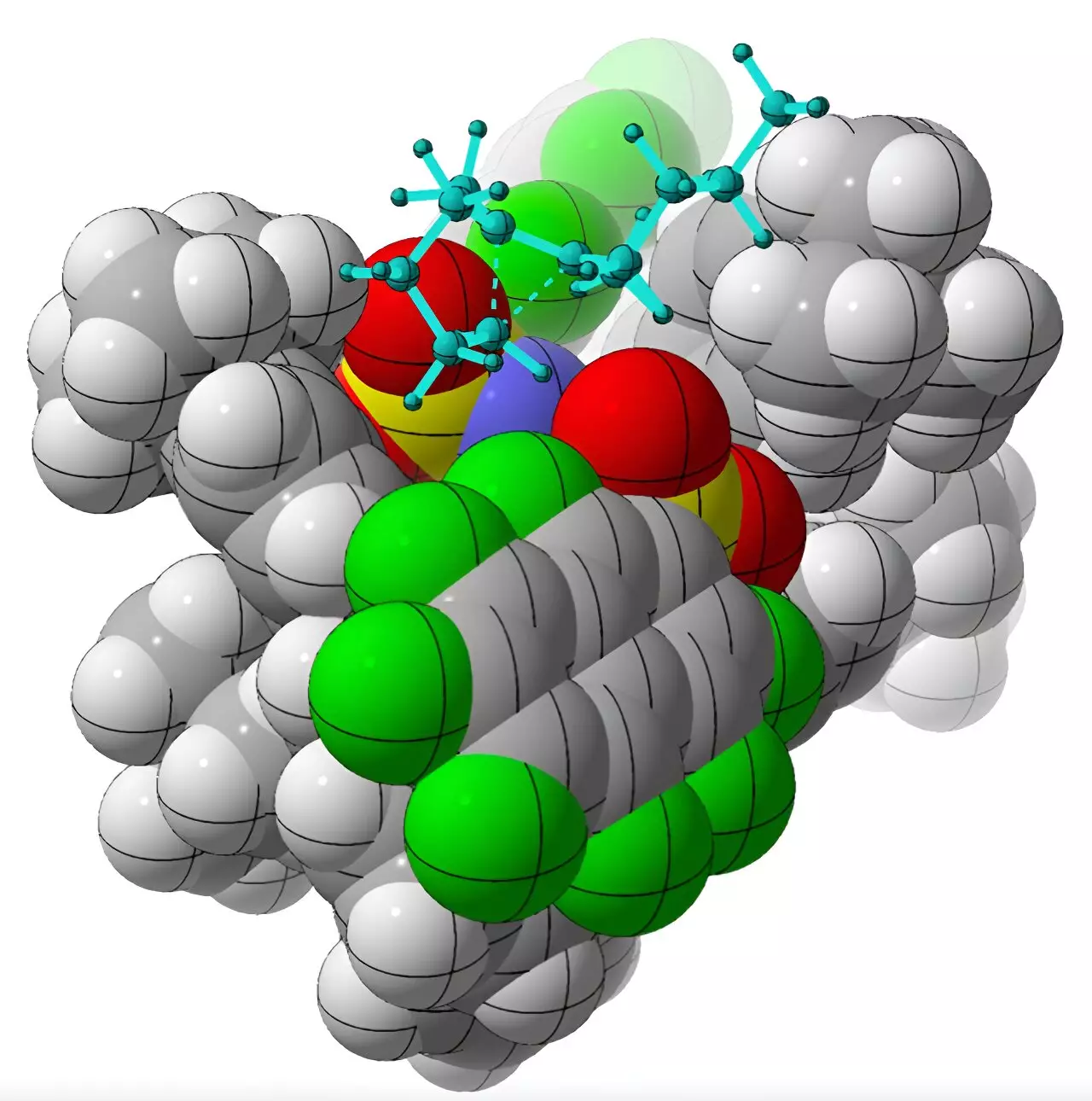In the realm of organic chemistry, the concept of chirality plays a crucial role in the synthesis and functionality of molecules. Chirality refers to the property of molecules that exist as mirror images of each other, similar to our left and right hands. The ability to selectively create molecules with a specific handedness, or “chirality,” has been a significant challenge in laboratory settings. However, researchers at the University of California, Davis, have made substantial progress in understanding and replicating nature’s efficiency in chemical synthesis. In a groundbreaking study published in Nature, Professor Dean Tantillo and his team report the successful synthesis of specific chiral molecules using computational modeling and physical experimentation.
Chirality, as mentioned earlier, defines a pair of molecules that share the same atomic makeup but cannot be superimposed on each other. This property becomes particularly important in drug development, where selective binding to specific proteins or enzymes is crucial. Making molecules with a desired chirality is challenging due to their greasy-like nature and lack of charged groups for catalyst binding.
To overcome the difficulties associated with chirality synthesis, the researchers turned to a chiral organic acid called imidodiphosphorimidate. This organic acid served as a catalyst during the rearrangements of achiral alkenyl cycloalkanes, leading to the production of chiral molecules called cycloalkenes. This breakthrough is significant as it marks the first time such high selectivity has been achieved in the creation of mirror image products using a carbocation shift.
The success of the experiment was not only attributed to physical experimentation but also to the use of computational methods. Professor Tantillo and his team employed computational modeling to understand how the catalyst selectively produces one chiral form over the other. This approach emulates the behavior of enzymes involved in the natural production of hydrocarbon products known as terpenes. By mapping terpene reaction pathways using quantum mechanical methods, Tantillo’s research aims to gain a deeper understanding of these reactions and potentially re-engineer terpene-forming enzymes.
The newfound ability to synthesize chiral molecules with high selectivity opens up new avenues in the field of chemistry. These molecules can serve as precursors for the development of medicines and materials. Additionally, the research holds promise in enhancing the value of hydrocarbon molecules derived from petroleum. If catalytic methods can be developed to convert these hydrocarbons into molecules with defined chirality, it could significantly increase the utility and value of such molecules.
The recent advancements made by Professor Dean Tantillo and his team at the University of California, Davis, in the synthesis of chiral molecules are a significant step forward in the field of organic chemistry. Their innovative approach combines computational modeling with physical experimentation to achieve high selectivity in producing mirror image products. This breakthrough holds immense potential in various industries, including drug development and material synthesis. By better understanding the behavior of chirality in nature, researchers can harness the power of chirality and replicate nature’s chemical efficiency in the laboratory setting.


Leave a Reply